Is this Disney live-action remake ?woke? or ?problematic.?
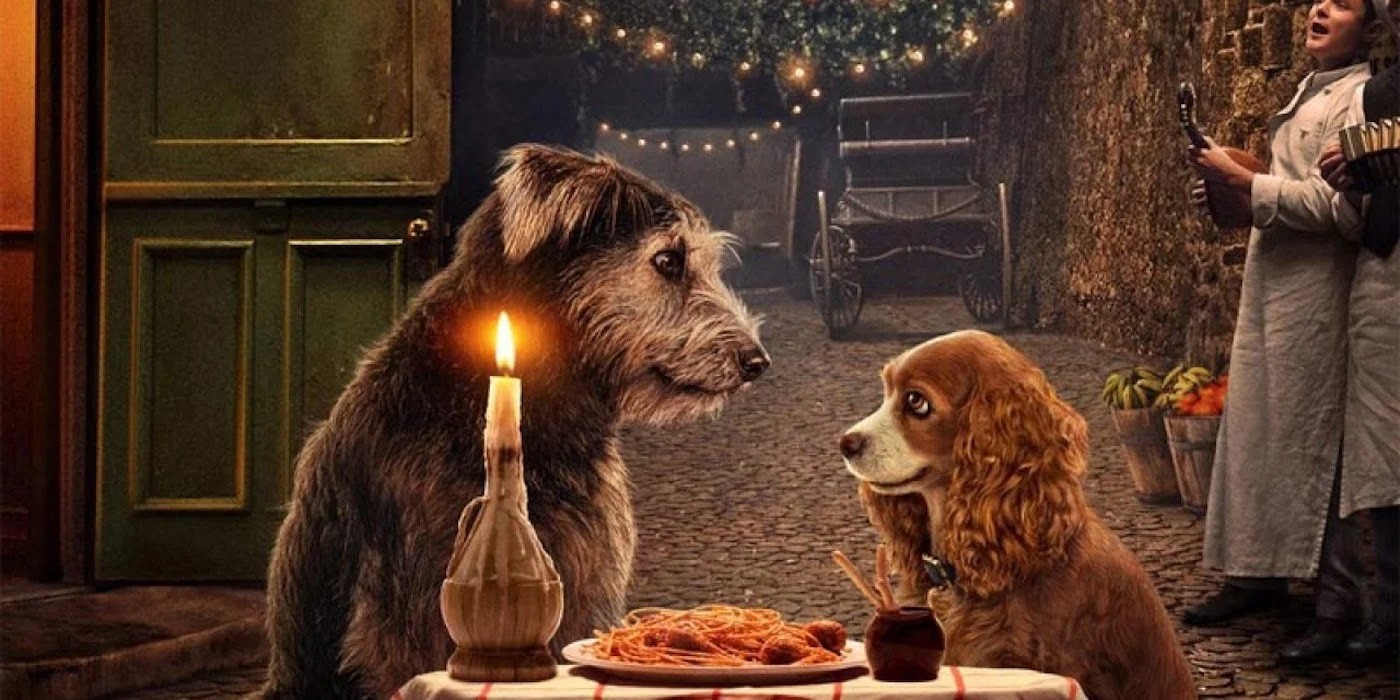 Screen Rant
Screen Rant
Originally published on Dec. 3, 2019.
Recently, Disney has been remaking its beloved animated classics into live-action films. This year alone, the company has released three live-action remakes: Dumbo, Aladdin, and The Lion King. However, upon launching their new streaming service, Disney Plus, they released a fourth movie specifically for the new platform: Lady And The Tramp. As with previous live-action remakes, this movie re-tells the story of the original animated movie with a few minor changes. The biggest change, of course, is that the movie is in live-action. But as with other live-action remakes, the movie also tries to diversify the story by adding non-white characters, either new characters specifically created for the new adaptation, or recasting previously white characters with non-white actors. With Lady And The Tramp, the new movie turns Lady?s owners into an interracial couple and adds a few other non-white background and side characters. Many Disney fans ? or rather, a few loud and obnoxious voices ? have decried this push for more diversity as an attempt to push a ?woke? political agenda to make Disney?s classic stories more ?politically correct? for modern audiences. However, what if diversifying the cast of Lady And The Tramp actually made the movie less ?woke? and more ?problematic?? Is the live-action remake actually more ?problematic? than the original animated version ? you know, the version with the song number with Asian stereotypes?
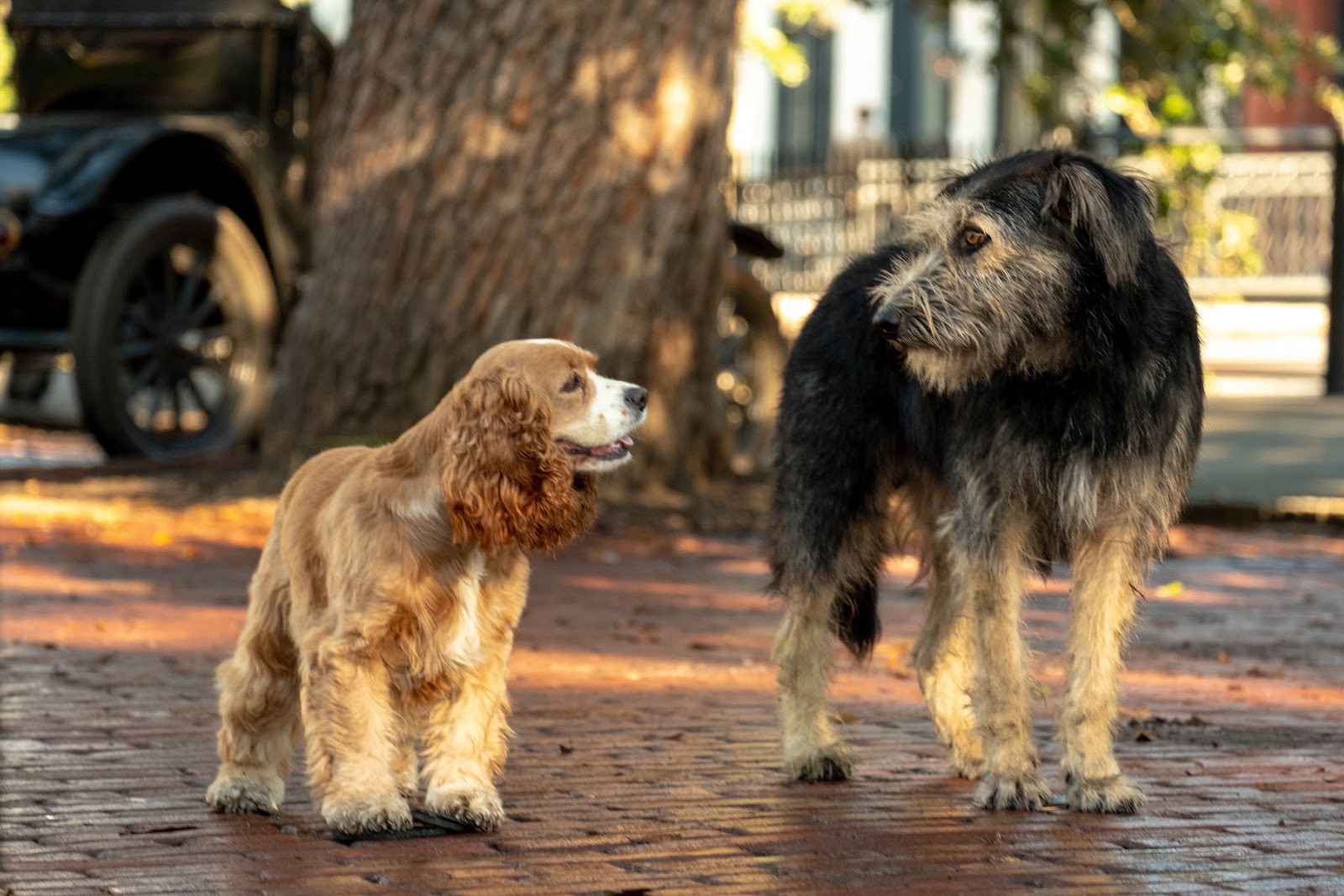 Laughing Place
Laughing Place
Disney has used their live-action remakes as an opportunity to incorporate more diversity into their films, either by creating new non-white characters or casting non-white actors into previously white roles. The 2015 Cinderella introduced a new character played by a black actor. The 2017 Beauty and the Beast included two characters, one old and one new, both played by black actresses. Most of the characters within the 2019 Lion King were voiced by black voice actors, and most of the cast for the 2019 Dumbo consisted of human characters of diverse races. Recently, the upcoming Little Mermaid remake was announced to cast Halle Bailey, a black actress, to play the lead mermaid character, Ariel. The 2019 Lady And The Tramp is no exception. In this remake, Lady is voiced by black actress, Tessa Thompson. Lady?s owners are portrayed as an interracial couple, with Jim Dear being played by a white actor and Darling being played by a black actress. Darling?s Aunt Sarah is likewise played by a black actress. The film also includes various side characters of different races. Aside from its more diverse cast, the movie also adapts its story to better meet modern sensibilities by modifying previously problematic elements. Most notably, the ?We Are Siamese? music number is altered, changing the breed of cats from Siamese to Russian Blue, and having them sing a completely new song, ?What A Shame?, that avoids the racial stereotypes of the old song. The reactions to these changes have been mixed. On the one hand, these diverse casting decisions have been decried by the usual crop of online reactionaries as Disney imposing ?forced diversity? into their films to allegedly forward a ?woke progressive? political agenda. These reactions, of course, can be easily eye-rolled away and ignored. On the other hand, more ?progressive? critics have voiced concerns that the movie?s intentions, while good, may have made the story slightly more problematic by sanitizing American history. By including more diverse characters into the remake, the new movie portrays an idyllic, racially-tolerant American past that simply never existed. As the IGN review of the movie states: ?By keeping the original?s period setting, but imploring a more contemporary colorblind storytelling approach, the film, intentionally or not, ignores that it?s setting this Lady and the Tramp story in a time when segregation was real and mixed marriages were illegal in many states?Lady And The Tramp?s well-intentioned desire to present a more diverse film comparable to modern sensibilities is inadvertently asking viewers to step into a fantasy world designed for children that is erasing a painful part of America?s past by pretending it just never existed.?
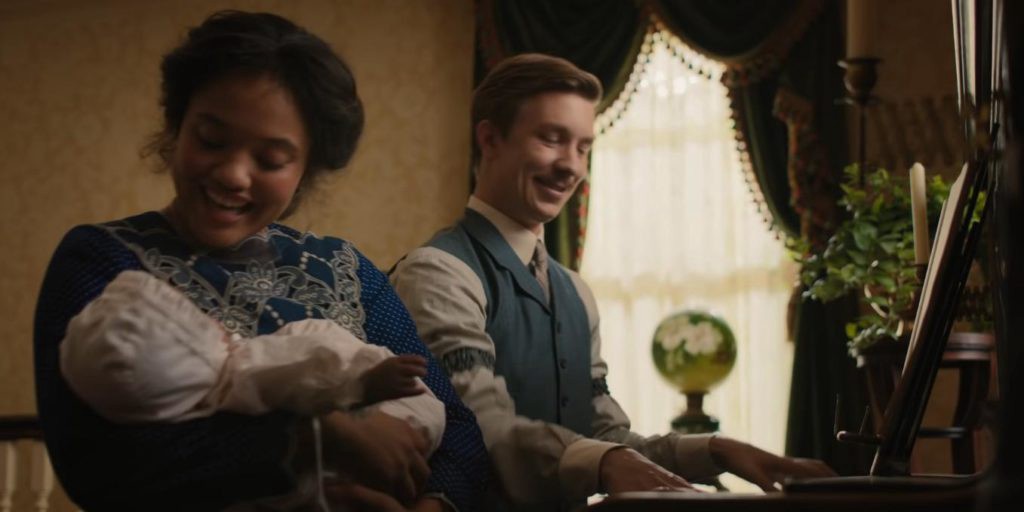 Mamas Geeky
Mamas Geeky
While the movie does not give a specific time or place, its setting is evidently turn-of-the-20th-Century America. The original animated movie was set in 1909, and its setting was inspired by Marceline, Missouri, Walt Disney?s original hometown, and the inspiration for Main Street U.S.A. at the Disney Parks. As with many states at that time, Missouri had anti-miscegenation laws that criminalized interracial marriages. These laws remained in effect until interracial marriage was federally legalized in 1967. As such, it would be highly unlikely that a white Jim Dear would have been legally married to a black Darling. Even if they lived in a state where interracial marriage was legal, they still lived within a time and place where their relationship would not have been tolerated due to personal and systemic racism. As a side note, during the movie, Darling?s Aunt Sarah chides Jim Dear for having a meager salary as a musician. This implies that Darling and Jim Dear are not quite financially affluent; yet despite this fact, the couple manages to maintain a comfortable living in a lofty two-story house in a well-manicured upper-middle-class neighborhood. This, in turn, would imply one of two things: either the value of money was far stronger back then that even a meager musician?s salary could afford such an affluent lifestyle, or that Darling is most likely providing the lion?s share of the family?s financial support through her own job (if she has one). Considering how racial and gender wage gaps remain vast even today, the idea that a black woman in early-20th-century America could make more money than a white man makes talking animals seem more realistic in comparison. Aside from Jim Dear and Darling, the movie stars a diverse array of other human characters. Trusty?s owner is black. The doctor is Asian. The pet store owner is either Arabic or Indian. The restaurant attendant is Hispanic. Even a couple eating at Tony?s Resturant is also interracial. The whole town is a cornucopia of people of various races, and they all happily work, play, and live alongside one another in perfect harmony. They walk the streets together. They ride the streetcars and steamboats together. They even eat together at the same restaurants and most likely eat at the same counter. Jim Crow and segregation? What are those?
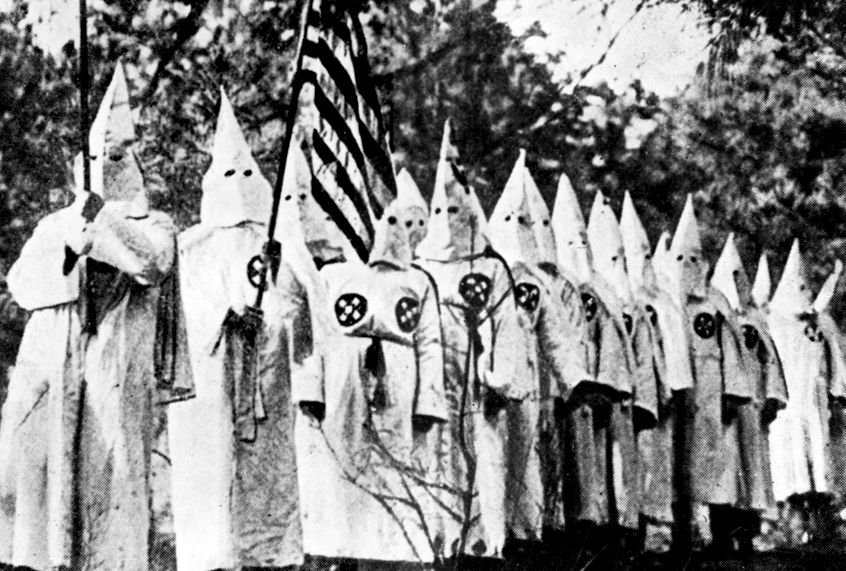 Salon
Salon
Of course, contrary to its rose-colored depiction in Lady And The Tramp, Turn-Of-The-20th-Century America was not, in fact, ?the good old days? ? especially if you weren?t a straight white man. As mentioned before, anti-miscegenation outlawed interracial marriages and relationships. Jim Crow laws and segregation prevented black people from sharing the same public spaces and private businesses as their white peers. Minstrel shows were a common source of entertainment, and their blackface performances helped propagate negative stereotypes against black people, further dehumanizing them and normalizing their marginalization. Hate groups such as the Ku Klux Klan were on the rise, and racial lynchings were common. Nearly 4,000 black people were killed in lynchings between 1877 and 1950 ? in Southern states alone! Not only were these hate crimes common, but often lauded. Following the lynching of one black man accused of assaulting a white woman in 1909, one newspaper described the aftermath as ?the lifting of a fog when the morning sun bursts forth?after vengeance had been claimed and justice meted out to the n*****.? (Yikes!) Obviously, this isn?t to say that all black people had it bad and all white people had it good back in the early 20th Century. There were plenty of well-off black people who never suffered hate crimes as there were plenty of destitute white people who languished in abject poverty. Nevertheless, institutional racism through segregation and Jim Crow heavily stratified American society by race, favoring white people with privileges over their black peers. And obviously, even today with segregation and racial discrimination a thing of the past, it should go without saying that ?racism isn?t over!? There are still lingering racial disparities. Nevertheless, non-white people have it relatively better today than they did back then. Unlike then, it?s common for interracial couples to eat at the same restaurant with people from other races. This movie, on the other hand, would have you believe that they always had that privilege by portraying a romanticized (almost white-washed) version of the past. Of course, the original animated movie also portrayed a sanitized, romanticized version of early 20th Century America. However, in its defense, the movie manages to sidestep the racial issues of that time period by focusing all its attention on the animal characters, with very little, if any, attention given to its human characters, most of whom are Wonder Bread white. The live-action movie, on the other hand, not only focuses more attention on the human characters, but greatly increases their racial diversity. This makes the racial issues of that period much harder to ignore. As the IGN review explains: ?While this film?s target demographic will hopefully be oblivious to this narrative choice and the context behind it, some adults may find it jarring.?
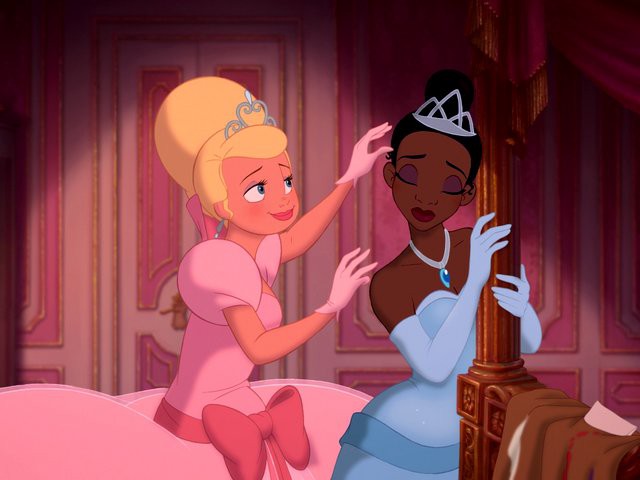 Dead Curious
Dead Curious
Contrast this with The Princess And The Frog. The animated movie takes place within a similar setting of 1920s New Orleans. Not only does the film acknowledge the racial politics of that era, it also incorporates them within the movie?s narrative. Tiana lives in a poor black neighborhood across the railroad tracks from the rich white neighborhood where her rich white friend, Carlotta, lives. Unlike her over-privileged friend, who has everything offered to her on a silver platter, Tiana is forced to work multiple jobs to make a living as well as raise money to achieve her dream of owning her own restaurant. Even when she finally earns enough money, she?s still denied a bank loan because of her ?background.? Princess And The Frog may be an imperfect film in regards to race, but it does a better job of addressing race than Lady And The Tramp. Now is the live-action Lady And The Tramp obligated to discuss race? No, it?s not. No movie is obligated to do anything. Movies are only ?obligated? to entertain an audience for an hour and a half. A movie is only obligated to discuss race if its story is specifically about race. That?s not what Lady And The Tramp is about. This movie is about a love story between two dogs. That?s all it is and that?s all it needs to be. If the movie had kept the same consistent racial casting as the animated version, it could have easily kept the racial issues of its setting in the background and maintained its overall illusion of nostalgic Americana. However, choosing to diversify its human cast and present a racially-harmonious turn-of-the-century American town only shatters that illusion and indivertibly forces the audience to come to terms with the unfortunate racial reality of that time period. Many reactionaries have accused this movie of pushing a ?woke progressive? political agenda due to its emphasis on diverse casting. If anything, the movie comes across as regressive reactionary propaganda by portraying a racially harmonious and tolerant past that never was. It essentially tells viewers that racism was not only ?a thing of the past?, but a thing that simply never existed. How could it if an interracial couple Jim Dear and Darling could enjoy a comfortable lifestyle raising a biracial baby? How could it if a black Aunt Sarah could safely walk down the street and peruse a business owned by an Indian(?) store owner? How could it if an interracial couple could eat at the same restaurant as people from other races? How could it if black and white people could walk the same streets and ride the same streetcars and steamboats? Racism simply wasn?t an issue back then and it shouldn?t be now! That?s not a progressive message. It?s regressive! Now am I saying this movie is bad because it does a bad job of handling race? No. I?m not some crazed ?woke SJW? decrying this movie as ?racist? or demanding that it become ?canceled.? I simply pointing out how it?s problematic. And that?s not the reason why this movie is bad. This movie is bad because it?s yet another unnecessary live-action remake of an animated classic that never needed a live-action remake. It?s confused attitude towards race simply doesn?t help.
Want more articles, lists, and think pieces about Disney? Then feel visit my blog, The Magic Ears Dudebro. Because nobody?s too cool for Disney! Also visit me on Twitter and Facebook.


